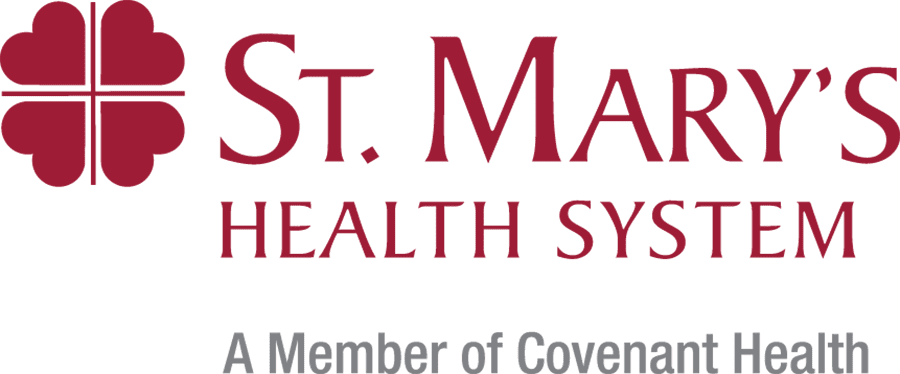An x-ray is a non-invasive medical test that helps diagnose and treat medical conditions. X-rays are a form of radiation like light or radio waves. X-rays pass through most objects, including the body. Once it is carefully aimed at the part of the body being examined, an x-ray machine produces a small burst of radiation that passes through the body, recording an image on a special digital image recording plate.
The Diagnostic Imaging Services Department contains an array of stationary and portable diagnostic X-ray equipment.
Overview of Diagnostic Imaging
General X-Ray/Radiography:
Chest/Abdomen/Spine/Extremities
Fluoroscopic/Contrast X-Ray Procedures
Upper Gastrointestinal Tract (UGI) Preparation:
- Please avoid eating or drinking after midnight
- Continue to take all routine medications with a little water
- Do not drink water 30 minutes before exam
Small Bowel Follow Through (SBFT) Preparation:
- Please avoid eating or drinking after midnight
- Continue to take all routine medications with a little water
- Be prepared to be at the hospital a minimum of 2-3 hours
Barium Enema (BE) – Images the Colon or Large Intestine Preparation:
- Please avoid eating or drinking after midnight
- Continue to take all routine medications with a little water
Voiding Cysto Urethrogram (VCUG) images the bladder preparation:
- There is no preparation for adults undergoing this procedure. If the procedure is ordered for child, the ordering physician should be consulted
Myelogram (Images of Spinal Column) Preparation:
- Please avoid eating or drinking after midnight
- Myelogram Prep
- Please arrange for a ride home after your myelogram.
- Drink extra fluids the day before.
- Do not consume solid foods two hours before exam.
- Drink extra fluids (no caffeine) up to 2 hours before exam.
- Please arrive 45 minutes before scheduled myelogram appointment. Begin by going to Registration, and then report to the 2nd floor Outpatient Department.
- Plan on 3 to 4 hours from arrival to discharge.
Q- Why are other people in the waiting room taken before me when I may have registered before they did?
A- The waiting area for the Imaging Services Department holds patients for all areas of service within the Department (Diagnostic, CT scanning, Ultrasound, Nuclear Medicine, Angiography/Special Procedures, PET etc.). Some of these patients have scheduled appointments in one of these areas and are being taken in at their scheduled appointment time. In addition, Emergency Room (ER) patients must always be taken ahead of out-patients. So, it is likely that patients taken first either have a scheduled exam or are patients from the ER that have been waiting and must receive priority.
Q- Why do I need a Physician’s order for an X-ray or other Imaging Services exam?
A- The law requires a written order for ALL imaging exams. Patients should be evaluated by their physician prior to any imaging examination so that the proper body part may be imaged appropriately.
Q- Why can’t I eat or drink anything prior to my x-ray or imaging procedure?
A- For general x-ray exams (i.e., chest, hands, feet, and spine.) patients may eat or drink prior to the exam. For all other imaging procedures that require patients to not eat or drink, the reason is usually because the procedure is best performed on an empty stomach. There are specific exams that may require the administration of contrast, and in these circumstances the patient needs to have an empty stomach. Please refer to the Preparation Instructions for the exam.
Q- How long does the x-ray exam or procedure take?
A- The amount of time depends on the imaging exam performed. Most general x-ray exams take no more than 15 minutes. The contrast related procedures take approximately 30 minutes, unless told otherwise.
Q- How much risk is associated with having a routine x-ray exam?
- The amount of radiation is extremely low and is comparable to the amount of radiation received during a roundtrip flight from New York City to Los Angeles and back.
The Imaging Services Department is staffed by Radiologic Technologists (RT’s) that are registered by the American Registry of Radiologic Technologists (ARRT) and licensed by the State of Maine. Many of the RT’s are cross-trained in other modalities in addition to diagnostic radiography and are registered in those areas.

